Explainers ·
What is a Reef wildlife sanctuary?
These wild open spaces need our help now to overcome the impacts of climate change.
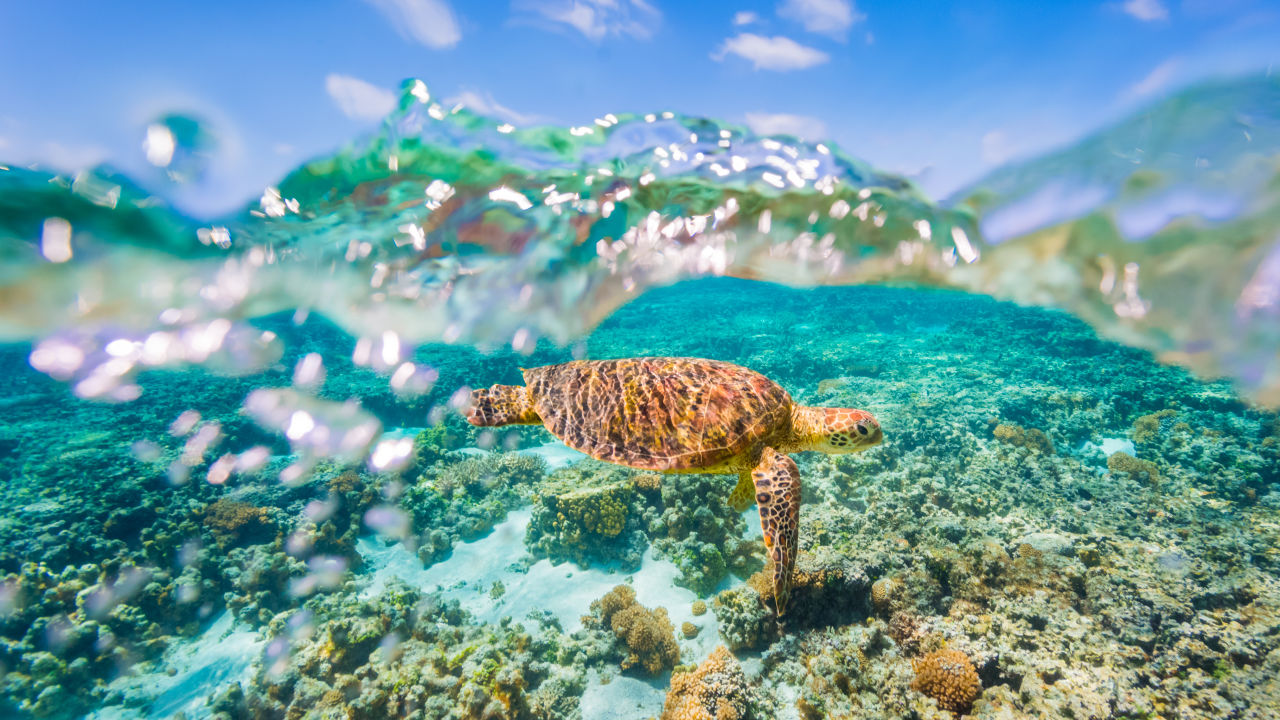
What is meant by a wildlife sanctuary?
The Great Barrier Reef is an enormous underwater labyrinth of interconnected reefs and other habitats like seagrass meadows. These ecosystems provide food, shelter and breeding grounds for thousands of species of marine life, from the smallest Reef dwellers like zooplankton and nudibranchs to the largest migratory mammals including dolphins and whales.
When we talk about Reef wildlife sanctuaries, we’re referring to these naturally-occurring habitats that are so critical to the survival of so many. Very different to the man-made wildlife sanctuaries on land, they’re wild open spaces that have existed for thousands of years, but they need our help now to overcome the impacts of climate change.
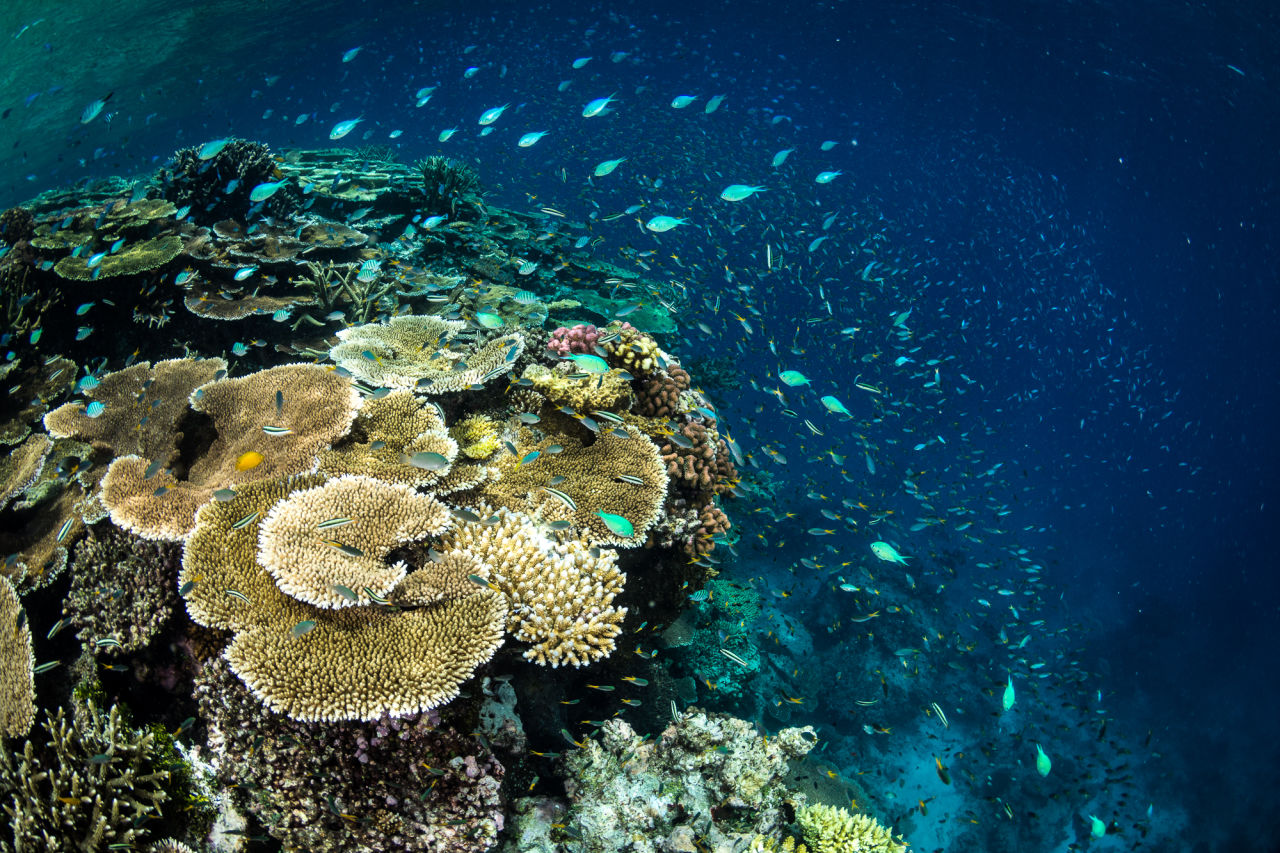
How is climate change affecting the Reef?
Climate change is the biggest threat to the survival of the Great Barrier Reef and coral reefs around the world. It’s causing water temperatures to rise in our oceans, leading to mass coral bleaching events that are happening so frequently our reefs are struggling to recover on their own. Climate change is also causing more severe weather events like cyclones and storms, which batter the corals that remain, ripping them from the Reef and turning them into rubble.
Seagrass habitats are also under threat from rising water temperatures, coastal erosion and severe storms and flooding. There have been significant losses of seagrass meadows in some areas of the Reef.
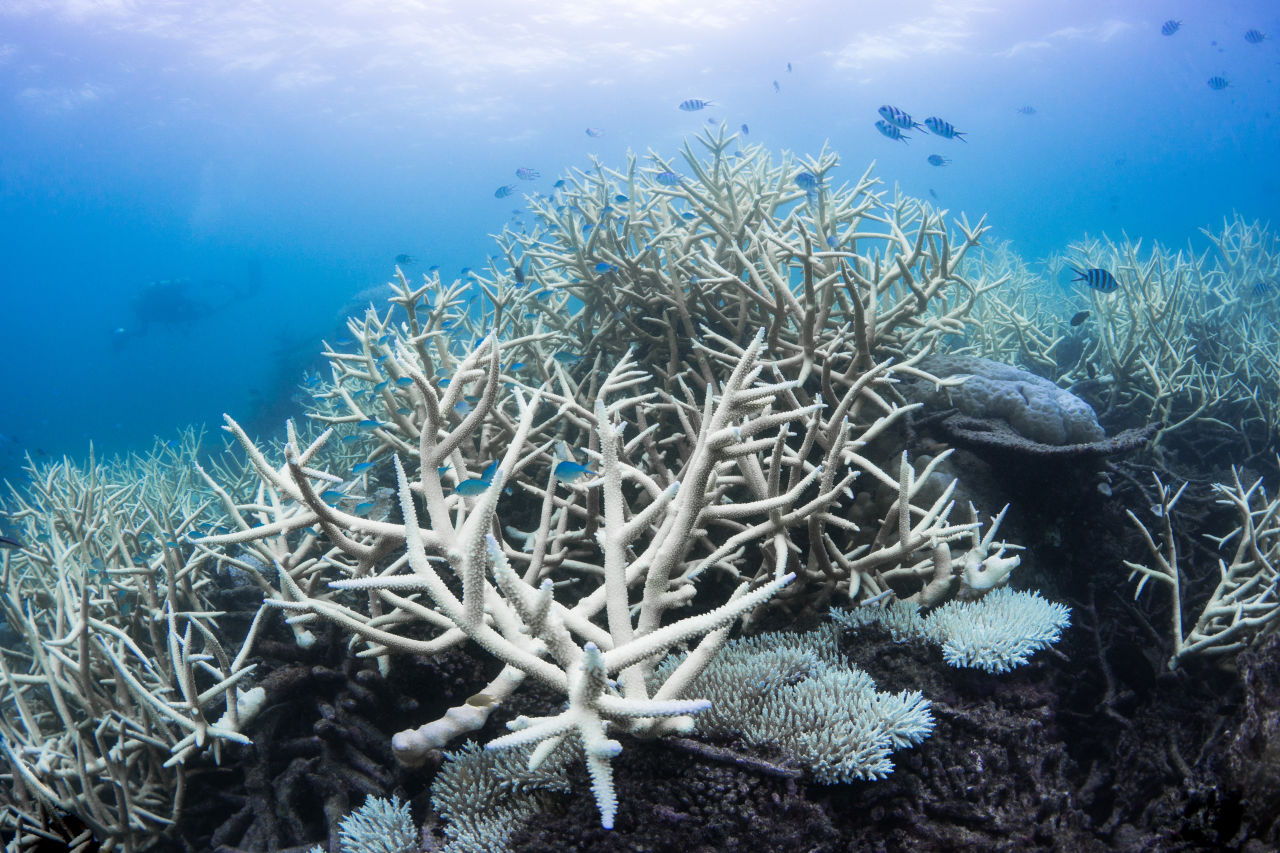
Back-to-back coral bleaching events have threatened many parts of the Great Barrier Reef. Credit: The Ocean Agency, Ocean Image Bank
Can the Great Barrier Reef be saved?
With your support, and together with our partners, we’re replanting corals and sowing seagrass seeds to regenerate these critical habitats before we lose the marine life that depends on them.
- Coral IVF
Corals are a type of marine animal and one of the techniques we use to help accelerate their natural reproduction process is dubbed Coral IVF. During coral spawning events, which happen just once a year, we collect millions of tiny coral eggs and sperm from healthy reefs and put them in specially designed floating pools. We rear the coral larvae that form in the pools, then deliver the babies onto damaged reefs. Researchers release the tiny baby corals in the water near the Reef floor, where they settle, attach and begin to grow, just as they would do naturally. Early indications show that Coral IVF increases the volume of coral babies that settle on the Reef, accelerating and amplifying nature’s work.
- Coral fragments
Another way we’re working to restore the Reef is by planting coral fragments. Broken pieces of coral are collected from the sea floor and grown in underwater nurseries. When they’re ready, they're planted onto damaged areas of the Reef using an innovative device called a Coralclip™. The device joins the corals to the Reef without the need for chemical bonding agents. It’s faster and cheaper than traditional methods and has contributed to an impressive coral survival rate of 85%.
- Seagrass restoration
The Great Barrier Reef’s seagrass meadows cover an enormous 4.5 million hectares – making the Reef the largest seagrass ecosystem on the planet. It’s one of the most important habitats on our Reef, providing food, shelter and nurseries for many marine animals including the largest grazers – turtles and dugongs – which rely on seagrass meadows to survive. We’re scaling up work to collect seagrass seeds and propagate them to regenerate hectares of damaged meadows and secure this critical source of food and shelter.
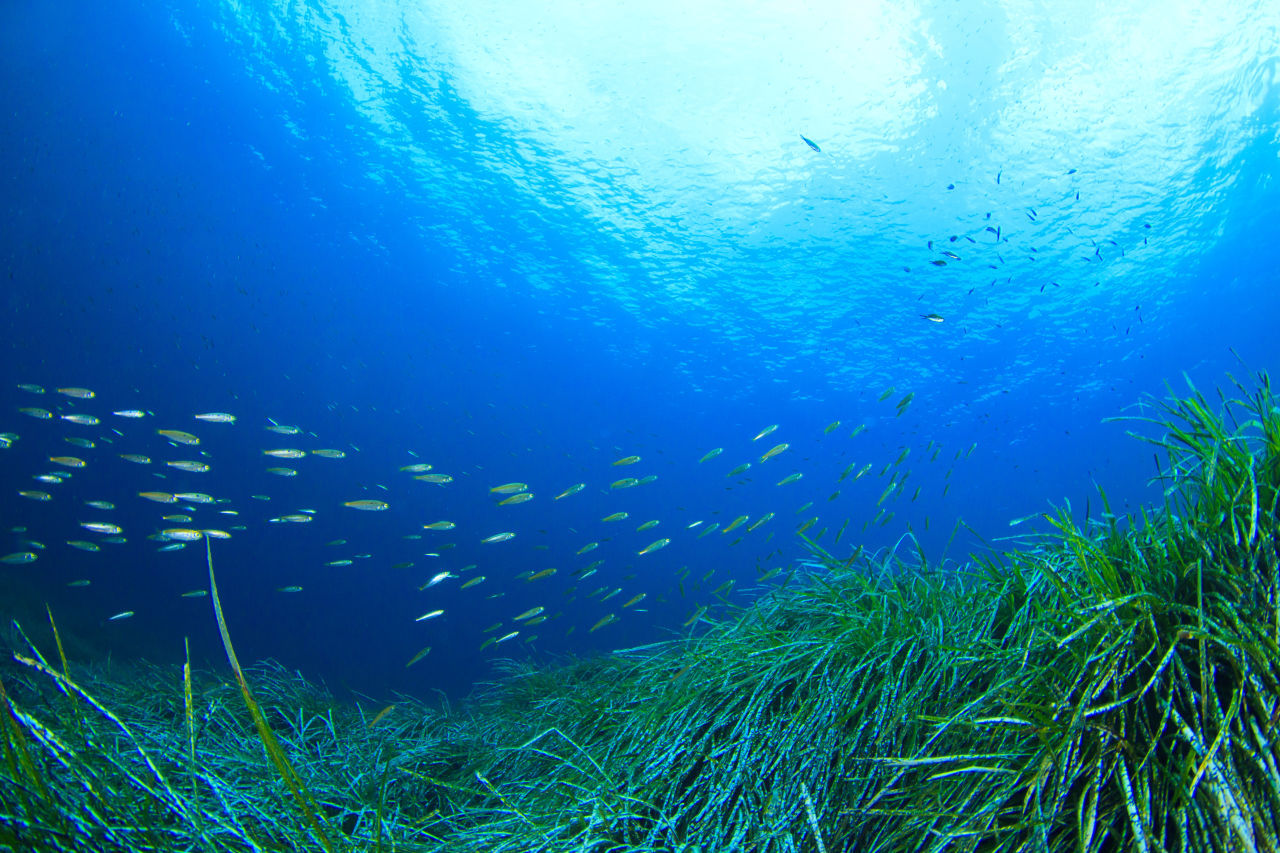
Where is this work happening?
Our work to protect habitats spans the entire length of the Great Barrier Reef, but our latest project focusses on the world-famous Whitsundays.
One of the most beautiful and biodiverse places on Earth, the Whitsundays is popular with tourists, divers and sailors alike for its crystal-clear waters and white sandy beaches. Beneath the waves however, many of its coral reefs have suffered the effects of multiple coral bleaching events and the devastating destruction caused by Cyclone Debbie in 2017.
We’re working on a number of locations in the Whitsundays that need to be restored but are unlikely to benefit from natural coral reproduction due to the extent of damage in the area. This includes Hook Island in the northern Whitsundays, which was hit hard by Cyclone Debbie, and Pioneer Bay, which sits just off Airlie Beach and provides important seagrass habitat.
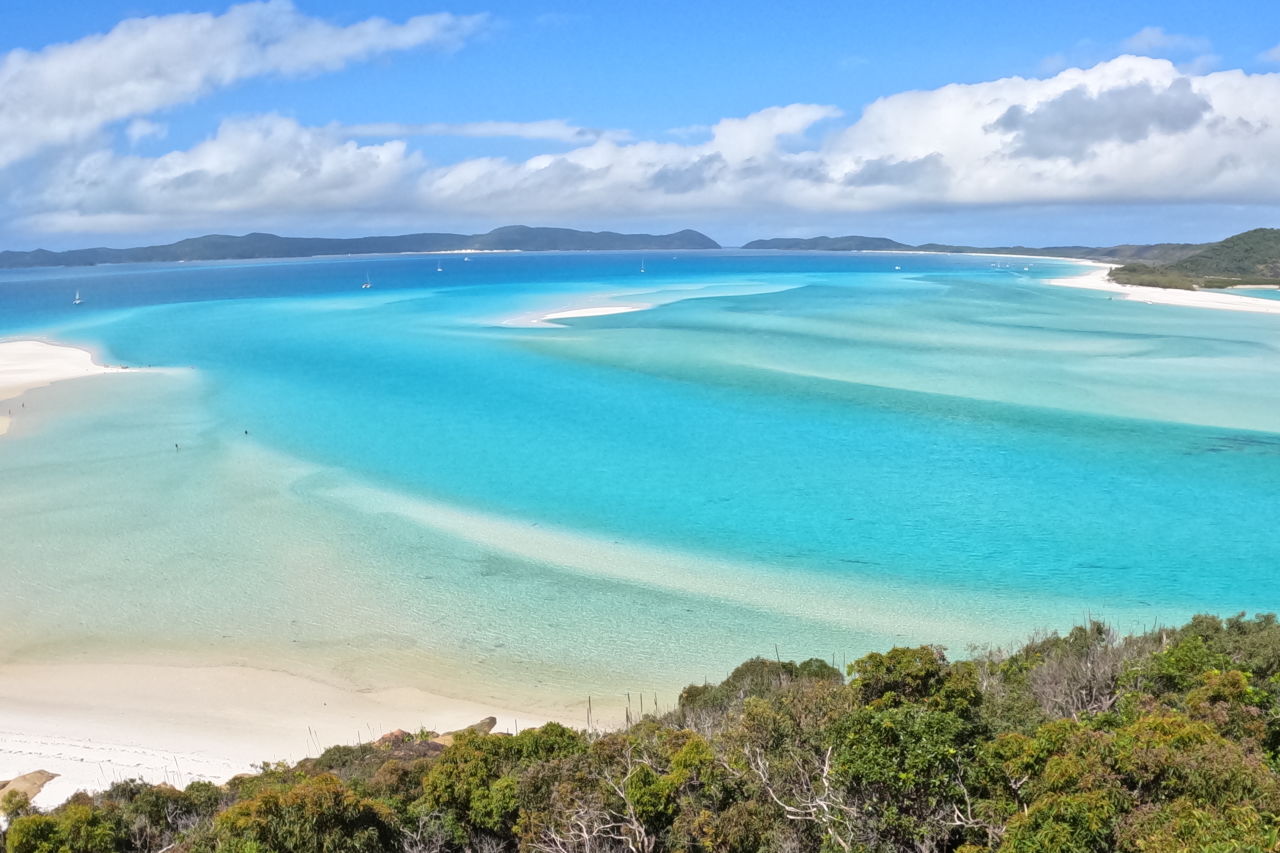
Which marine animals are being protected?
By repopulating the coral reefs and seagrass meadows within this wildlife sanctuary, we’re securing the feeding, resting and breeding grounds that are so critical to the survival of turtles, dugongs, dolphins and whales, as well as countless other marine species.
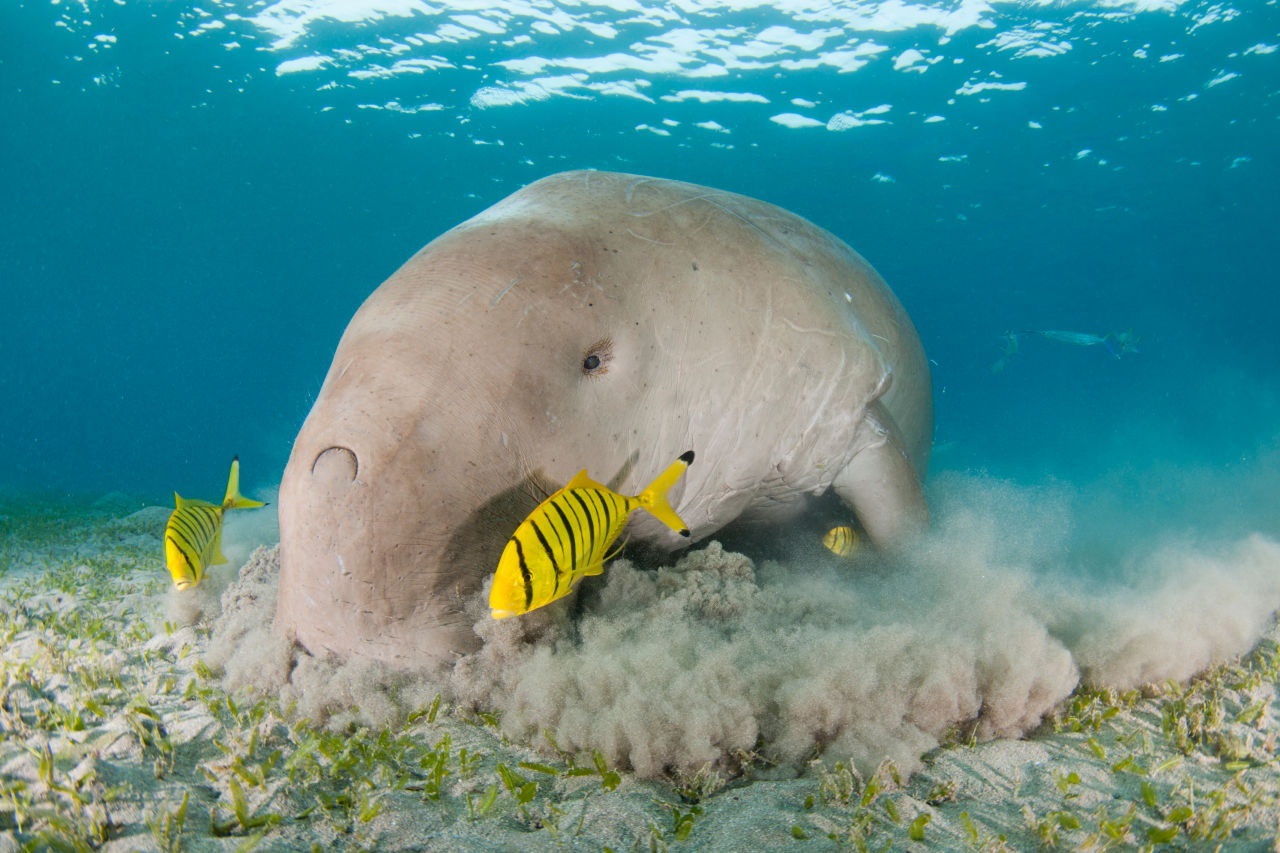
How you can help
You can help us restore and protect these vital Reef wildlife sanctuaries. Your donation will allow us to plant new corals on degraded reefs and sow seagrass seeds to create hectares of lush seagrass meadows to strengthen biodiversity and help bring marine life back to damaged areas of the Reef.
What’s more, the work you help enable in this Reef wildlife sanctuary has positive flow-on effects to hundreds of other connected reefs in the area, creating a vibrant future for coral reefs and the turtles, dugongs, dolphins and whales that call them home.
You can help restore a critical Reef wildlife Sanctuary in the Whitsundays so that threatened species like turtles, whales and dugongs have a safe and healthy home.
Donate today to restore a Reef wildlife sanctuary
#Related
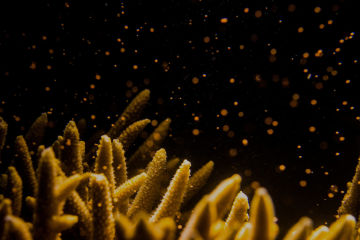
Explainers ·
What is coral spawning?

Explainers ·
Uncovering hidden species with eDNA

Explainers ·
What is biodiversity and why is it so important?

Explainers ·
